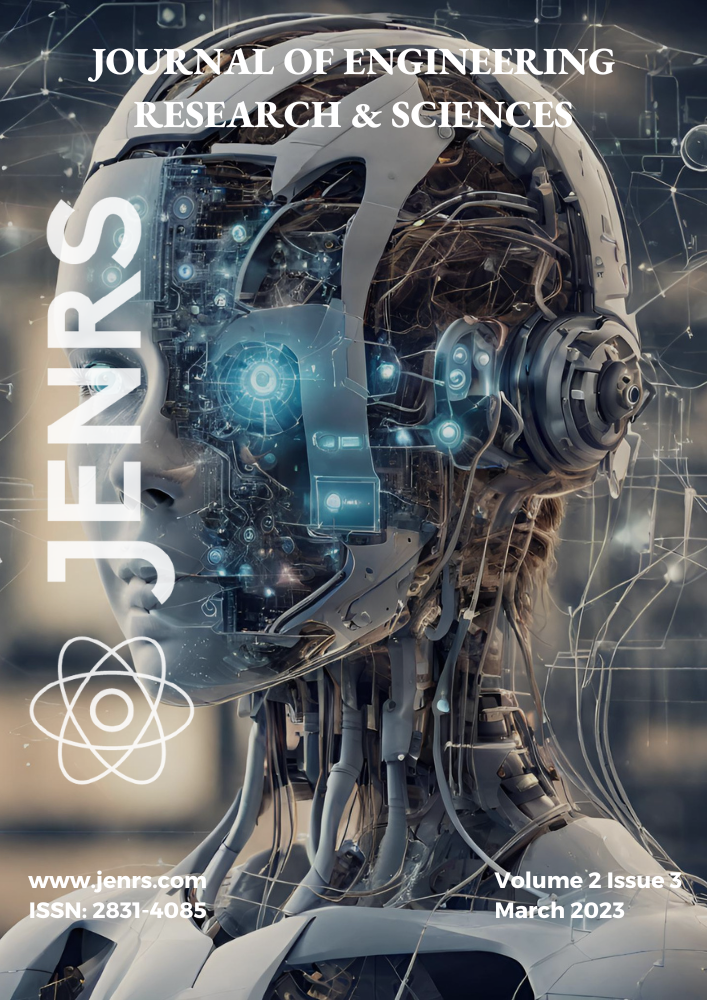
Volume 2, Issue 3
Download Complete Issue
This issue presents two important research papers about new technology and early education. The first paper looks at how to show information better on augmented reality (AR) headsets. These are special glasses used in jobs like oil work, healthcare, and the military. The study found the best ways to display important information so people can understand it quickly and easily. This could help make these jobs safer. The second paper is about teaching young children, even as young as three, how to think like computers. This skill is becoming very important in schools worldwide. The researchers created a program to teach coding to very young children. It worked well and didn’t cost too much, so many schools could use it. Both papers offer new ideas that could change how we use technology and teach children.
Front Cover
Publication Month: March 2022, Page(s): i – i
Editorial Board
Publication Month: March 2023, Page(s): ii – ii
Editorial
Publication Month: March 2023, Page(s): iii – iii
Table of Contents
Publication Month: March 2023, Page(s): iv – iv
Designing Critical and Secondary Information in Augmented Reality Headsets for Situational Awareness
Julia Woodward, Jesse Smith, Isaac Wang, Sofia Cuenca, Jaime Ruiz
J. Engg. Res. & Sci. 2(3), 1-15 (2023);
Augmented Reality (AR) headsets are being used in different contexts (e.g., the oil industry, healthcare, military); however, there is a lack of research and design recommendations on how information should be presented in the AR headset displays, especially for aiding users’ situational awareness. We present two studies: one examining if existing findings on the perceptibility of three types of visual stimulus (color, text, shapes) can be applied to AR headsets for critical information, and one analyzing three different presentation styles (Display, Environment, Mixed Environment) for textual secondary information in AR headsets. Our study on secondary information is an extension of prior work. For critical information, we found that existing visual perception findings can be applied to AR headsets; there is a hierarchy of salient visual features. Understanding that we can utilize prior work on visual features helps in designing salient critical information for AR headset displays. For secondary information, we found that having the text in the Display and Environment presentation styles assisted in participants’ perception and comprehension when compared to the Mixed Environment presentation style. Based on our results, we provide design recommendations on how to present critical and secondary information in AR headset displays to aid in users’ situational awareness, which is essential in safety crucial domains such as the military.
Coding: First Steps from Kindergarten up to Primary School
Elisa Benetti, Gianluca Mazzini
J. Engg. Res. & Sci. 2(3), 16-30 (2023);
Computational thinking is now featured in many school curricula around the world. It is in fact defined as the “new English”, emphasizing its universally recognized indispensability. Despite this, the subject is almost never addressed until primary school where, however, hours dedicated to it are often too limited. Our first training proposal, including basic coding concepts in kindergarten, led to better results than expected in terms of children’s understanding and involvement. Our field training has led to a refinement and expansion of the program in these past three years. The primary objective is to begin the study of coding at the age of three, when the foundations of logical thinking are actually already present, due to get to the writing of the first programs in pseudocode and analysis of programming languages at the end of elementary school. All methodologies used are chosen on the basis of the possibility of following a single logical trend, which gradually increases the concepts to be learned and their difficulty, but always starting from already known bases, previously addressed. This allows to optimize learning times by minimizing the necessary hours and human resources and still obtaining the desired results. In addition to not burdening the number of hours available, a further firm point was not to burden schools economically either: costs were in fact always achievable without any problems. Having no impact either on the budget, or on the number of hours, or on the required staff makes this program easily feasible for any school.

